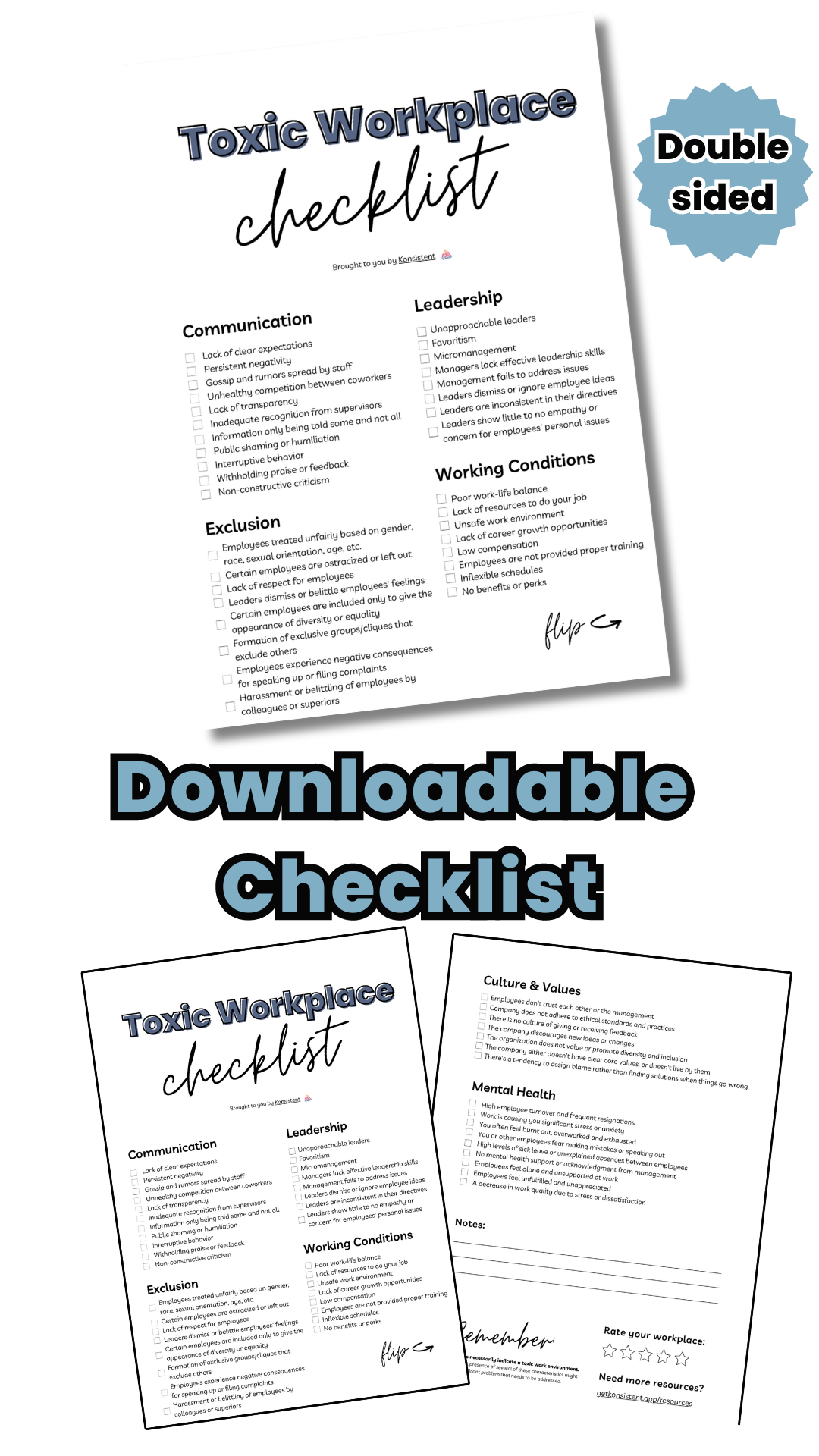Is yelling in the workplace harassment?
2 November 2022 | 5 mins read
- Employee resources
- HR resources
Yelling in the workplace is definitely unprofessional, hurtful, and simply unnecessary – but is yelling in the workplace harassment?

The answer is not simple, as there are a number of factors that determine whether what you are experiencing is harassment or simply unprofessional behavior.
One key factor is the intent behind the yelling – is it meant to intimidate and humiliate, or is it being done in an attempt to discipline or correct your behavior? If the intention is to intimidate or humiliate, then this is likely to be considered harassment.
Other factors that can contribute to whether what you are experiencing is harassment or not include the frequency and intensity of the yelling, as well as whether there is a pattern of continued yelling over time.
In this article, we’ll go over the definition of verbal harassment and give you the tools needed to determine whether what is happening is harassment or not. We’ll also provide some tips and strategies for dealing with verbal harassment in the workplace, so that you can feel confident taking action and asserting your rights if it is indeed harassment.
Are you feeling stressed, unvalued, or isolated at work but can't quite put your finger on the root of the issue?
Our comprehensive 'Toxic Workplace Checklist' could provide the clarity you're seeking. This checklist, designed by our language detection experts at Konsistent, pinpoints key signs of an unhealthy work environment, empowering you to better understand and navigate your professional sphere. Download your free copy today, and take the first step towards a more inclusive, respectful, and supportive workspace.
Are managers allowed to yell at employees?
The answer to this question is complex, as it depends on a number of factors. Generally speaking, yelling is generally considered unprofessional and inappropriate – however, if it is used in an attempt to correct or discipline employee behavior, then this is generally accepted as acceptable.
Other factors that may contribute to whether managers are allowed to yell at employees include the frequency and intensity of the yelling, as well as whether there is a pattern of continued yelling over time.
Yelling in the workplace: Is it considered harassment?
So is yelling in the workplace harassment? Ultimately, the answer is going to depend on the unique situation and context – but there are some key factors that can help you determine whether what is happening is harassment or not.

Some of these factors include the intent behind the yelling, as well as the frequency and intensity of the yelling. If you feel like you are constantly being yelled at and intimidated by your coworkers, or if you feel like the yelling is being used to humiliate and intimidate you, then this is likely a form of verbal harassment.
By definition, verbal harassment is any form of verbal abuse or unwanted comments, actions, or gestures that are meant to intimidate, humiliate, or demean someone. This could be in the form of yelling, name calling, or even aggressive body language.
Getting yelled at at work is never fun (and quite frankly, not professional), but if you believe that your coworker is yelling at you out of anger or hostility, then this is likely to be considered verbal harassment.
Related read: Why is grace necessary in the workplace?
My boss shouted at me in front of everyone, is that a hostile work environment?
While getting yelled out in front of your colleagues is certainly humiliating, it is important to remember that no specific action or behavior is necessarily indicative of a hostile work environment. A number of factors need to be taken into account, including the intention behind the yelling, as well as whether there is any pattern of continued harassment over time.

If the yelling continues and is accompanied by other forms of verbal abuse or intimidation, then this is likely to be considered a hostile work environment.
What to do if someone yells at you at work?
If you are being subject to verbal harassment or abusive behavior in the workplace, it is important to take action and assert your rights – after all, nobody should have to tolerate verbal harassment at work. Not only does workplace harassment decrease employee productivity, but it’s just downright ineffective and unprofessional. Whether it is coming from a manager or another employee, it is important to take action and assert your rights.
Fortunately, there are strategies and tools available to help you effectively deal with verbal harassment at work. This first step in fighting against workplace harassment is to assess your situation carefully and take action. This could mean reporting the incident to your supervisor or HR department, or perhaps even speaking with a therapist or other professional who can help you cope with this difficult and stressful situation.
In addition to taking action, it is also important to be assertive and confident in standing up for yourself. Remember that you deserve to be treated with respect and dignity regardless of your job title or position, so don’t be afraid to speak up against this type of behavior.
Ultimately, the key is to stand up for yourself and take action against verbal harassment in the workplace. With the right tools and strategies, you can feel empowered to overcome this difficult situation and reclaim your sense of dignity and self-worth.
Related read: 10 biggest startup mistakes that cause new businesses to fail
How to handle an employee who yells at other employees
Is yelling in the workplace harassment if it’s coming from another coworker?

Bosses and supervisors aren’t the only ones who can be guilty of verbal harassment in the workplace – employees can also engage in this behavior. If you have an employee who is constantly yelling and intimidating other workers, it is important to take action and address the situation promptly.
One strategy is to speak privately with the employee about their behavior, explaining that what they are doing is unacceptable and is creating a hostile work environment for their colleagues. You may also wish to involve your human resources department or legal team in order to help you navigate this situation and craft an appropriate response.
In addition to addressing the issue directly with the employee, it is also important to support and advocate for the co-workers who have been affected by this behavior. This may involve providing counseling or other resources to help your employees cope with the situation, and it is also important to make sure that they feel heard and understood.
Ultimately, it is up to you as an employer to create a safe and supportive work environment. By addressing verbal harassment in the workplace head-on and supporting your employees, you can help create a positive work environment for all.
Preventing harassment at work
The best way to avoid or prevent verbal harassment in the workplace is to create a safe and supportive work environment where employees feel respected and valued. This may involve implementing policies that clearly outline what is and is not acceptable behavior, as well as providing ongoing training and resources to help your employees deal with any incidents of verbal harassment they may encounter.
In addition to promoting awareness of this issue, it is also important to support and listen to your employees when they come forward with concerns about verbal harassment in the workplace. This can help build trust and foster a more positive work environment for all, where everyone is treated with respect and dignity.
One of the simplest ways to reduce workplace harassment and harmful speech is by implementing an communications protections tool like Konsistent, which monitors internal communications and flags harmful speech in real-time, giving employees a chance to correct their behavior before issues escalate.
As an employer or manager, you have a responsibility to create a safe and supportive work environment for all your employees. By implementing policies and strategies to prevent verbal harassment, as well as providing ongoing support and resources to help your employees when incidents do occur, you can help create a positive and productive workplace for everyone in your organization.







